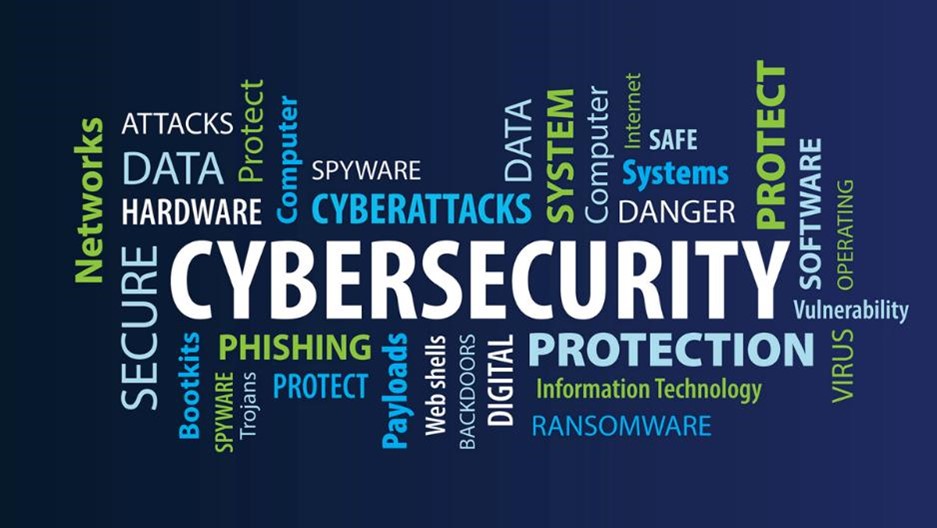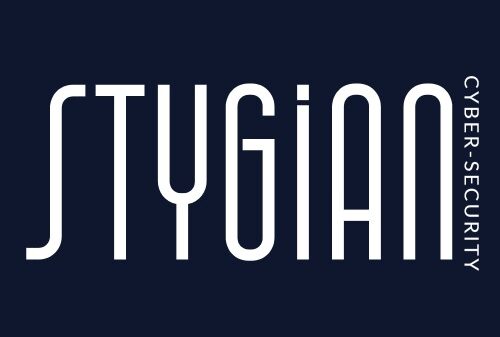Identity Management: Collaborations for Cybersecurity Awareness
Identity management is a critical aspect of modern cybersecurity. With the rise of remote work and cloud-based services, it’s more important than ever to have a solid understanding of who is accessing your data and resources. In this blog post, we’ll explore the importance of identity awareness, and provide tips and best practices for mastering it in your organisation.
What is Identity Management?
Identity management awareness refers to the ability to identify and authenticate users, devices, and applications that access your network and resources. It involves understanding the identity of each entity that accesses your systems and verifying that they are who they claim to be.
Why is Identity Awareness Important?
Identity awareness is important for several reasons, including:
- Improved security: By verifying the identity of users and devices, you can ensure that only authorised parties are accessing your data and resources.
- Compliance: Many regulatory frameworks, such as HIPAA and GDPR, require organisations to have strong identity and access management controls in place.
- Better user experience: By using identity awareness to streamline the login process and provide personalised access to resources, you can improve the user experience and boost productivity.
Tips for Improving Identity Management Awareness
Here are some tips and best practices for mastering identity awareness in your organization:
- Implement multi-factor authentication (MFA): MFA is a security process that requires users to provide two or more forms of identification to access a system or application. This can include something the user knows (like a password), something they have (like a security token), or something they are (like a fingerprint).
- Use identity and access management (IAM) tools: IAM tools can help you manage user identities and access privileges and automate user onboarding and offboarding.
- Enforce strong password policies: Passwords are often the weakest link in the security chain. Make sure to enforce strong password policies, such as requiring long, complex passwords and regular password changes.
- Monitor user activity: Use monitoring tools to keep an eye on user activity and identify any suspicious behaviour.
- Educate your users: Educate your users on the importance of strong passwords, MFA, and other security best practices. Encourage them to report any suspicious activity.
By following these tips and best practices, you can master identity awareness and strengthen your organisation’s security posture.
The Future of Identity Management
With the rise of IoT devices and an ever-increasing digital workforce, identity management will continue to evolve. Businesses must stay ahead of the curve, adopting the latest technologies and strategies to ensure the safety of their digital identities.
Conclusion
In a world where cyber threats are ever-present, identity management is the shield that protects businesses. It ensures that only the right individuals have access to sensitive information, safeguarding the integrity of the business. At Stygian Cybersecurity, we are committed to providing businesses with the tools and expertise they need to navigate the digital world safely.
Visit our website for more information on how we can assist with your identity management needs.

References:
Stygian Cyber Security can help you secure your organisation against threats, ensure compliance and provide you with peace of mind with our range of cyber security solutions.
We’re a friendly and knowledgeable team, so have a browse or give us a call –we’re ready when you are.
This information is licensed under the Open Government Licence v3.0 except where otherwise stated.

